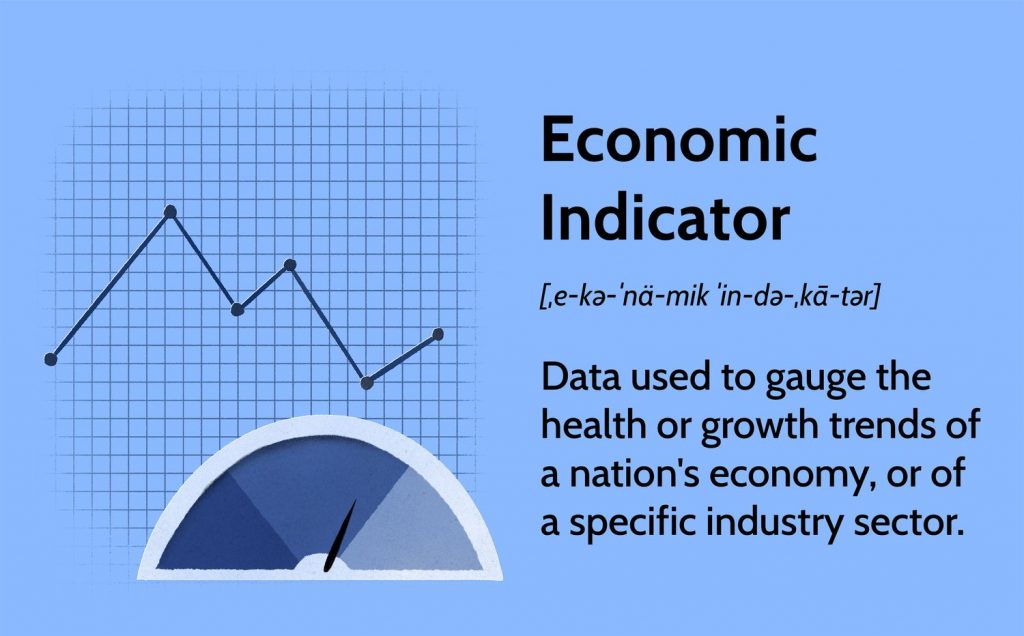
Forex for Beginners: Lesson 3 – Fundamentals of Fundamental Analysis
27 September 2023
57 views
In this lesson, we will explore fundamental analysis, which is essential for understanding how economic factors and news events influence currency prices. By the end of this lesson, you’ll be equipped with the knowledge to incorporate fundamental analysis into your trading strategy.
What is Fundamental Analysis?
Fundamental analysis involves evaluating a currency’s value based on economic, political, and social factors. Unlike technical analysis, which focuses on historical price data, fundamental analysis looks at the underlying factors that drive currency values. This approach helps traders anticipate currency movements based on broader economic conditions.
Key Economic Indicators

Interest Rates
Interest rates set by central banks are a primary driver of currency value. Higher interest rates generally attract foreign investment, increasing demand for a currency. Conversely, lower interest rates can decrease demand. Traders monitor central bank meetings and statements to gauge potential interest rate changes and their impact on currency values.
Inflation Rates
Inflation measures the rate at which the general price level of goods and services rises, eroding purchasing power. Central banks often adjust interest rates to control inflation. Higher inflation typically weakens a currency because it reduces its purchasing power, while lower inflation can strengthen it.
Gross Domestic Product (GDP)
GDP represents the total value of goods and services produced in a country. A growing GDP indicates a healthy and expanding economy, which can strengthen the currency. Conversely, a declining GDP might suggest economic troubles, weakening the currency.
Employment Data
Employment statistics, such as the unemployment rate and non-farm payrolls, provide insights into the labor market’s health. Strong employment data generally signal a robust economy and can lead to currency appreciation. Weak employment figures can have the opposite effect.
In this lesson, we will explore fundamental analysis, which is essential for understanding how economic factors and news events influence currency prices. By the end of this lesson, you’ll be equipped with the knowledge to incorporate fundamental analysis into your trading strategy.
What is Fundamental Analysis?
Fundamental analysis involves evaluating a currency’s value based on economic, political, and social factors. Unlike technical analysis, which focuses on historical price data, fundamental analysis looks at the underlying factors that drive currency values. This approach helps traders anticipate currency movements based on broader economic conditions.
Key Economic Indicators
Interest Rates
Interest rates set by central banks are a primary driver of currency value. Higher interest rates generally attract foreign investment, increasing demand for a currency. Conversely, lower interest rates can decrease demand. Traders monitor central bank meetings and statements to gauge potential interest rate changes and their impact on currency values.
Inflation Rates
Inflation measures the rate at which the general price level of goods and services rises, eroding purchasing power. Central banks often adjust interest rates to control inflation. Higher inflation typically weakens a currency because it reduces its purchasing power, while lower inflation can strengthen it.
Gross Domestic Product (GDP)
GDP represents the total value of goods and services produced in a country. A growing GDP indicates a healthy and expanding economy, which can strengthen the currency. Conversely, a declining GDP might suggest economic troubles, weakening the currency.
Employment Data
Employment statistics, such as the unemployment rate and non-farm payrolls, provide insights into the labor market’s health. Strong employment data generally signal a robust economy and can lead to currency appreciation. Weak employment figures can have the opposite effect.
Trade Balance
The trade balance measures the difference between a country’s exports and imports. A trade surplus (more exports than imports) can strengthen a currency as foreign buyers need the domestic currency to pay for goods. A trade deficit (more imports than exports) can weaken the currency.
Understanding Economic Calendars
Economic Calendar
An economic calendar lists scheduled economic reports and events that can impact the forex market. These include interest rate decisions, employment reports, and GDP releases. By following the economic calendar, traders can anticipate market-moving events and plan their trades accordingly.
Scheduled Events
Key scheduled events that affect forex markets include:
– Central Bank Meetings: Announcements regarding interest rate changes or monetary policy.
– Economic Reports: Releases of data such as GDP, inflation, and employment figures.
– Political Events: Elections, geopolitical tensions, and trade negotiations can influence currency values.
The Impact of News and Political Events
Geopolitical Events
Geopolitical events, such as conflicts, elections, and trade disputes, can create uncertainty in the forex market. Such events often lead to volatility and can influence currency values based on perceived risks and economic impacts.
Market Sentiment
Market sentiment reflects the overall attitude of investors and traders towards a particular currency or market. News events and economic reports can shift market sentiment, leading to currency appreciation or depreciation based on perceived economic strength or weakness.
Central Bank Policies
Central banks play a crucial role in forex markets by setting interest rates, engaging in open market operations, and intervening in currency markets. Understanding central bank policies and their potential impact on currency values is essential for effective fundamental analysis.
Integrating Fundamental and Technical Analysis
Combining Approaches
While fundamental analysis focuses on economic factors, technical analysis examines price movements and chart patterns. Combining both approaches can provide a more comprehensive view of the forex market. For example, you might use technical analysis to identify entry and exit points while using fundamental analysis to understand the broader economic context.
Developing a Trading Strategy
When developing a trading strategy, incorporate both fundamental and technical analysis to make informed decisions. Monitor economic indicators and news events while analyzing chart patterns and technical indicators to refine your trading strategy and manage risk effectively.
Conclusion
In this lesson, we covered the fundamentals of fundamental analysis, including key economic indicators, the impact of news and political events, and how to integrate this analysis with technical tools. Understanding these factors will help you make more informed trading decisions and enhance your overall trading strategy.
The trade balance measures the difference between a country’s exports and imports. A trade surplus (more exports than imports) can strengthen a currency as foreign buyers need the domestic currency to pay for goods. A trade deficit (more imports than exports) can weaken the currency.




